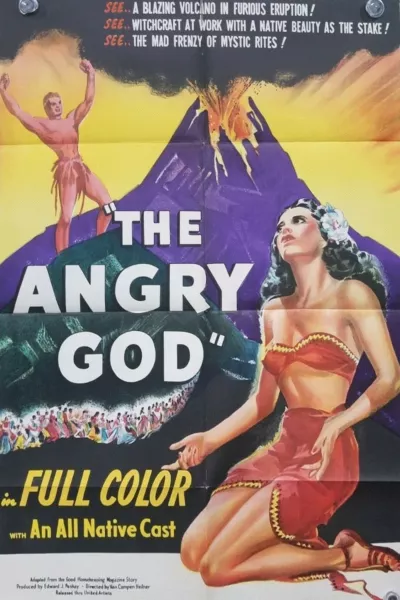Biography
(No Information)
Filmography
all 2
Movies 2
Actress

Esclavitud (1944)
Movie
Information
Known ForActing
GenderFemale
Birth PlaceCuba, Cuba
CitizenshipsUnited States
This article uses material from Wikipedia.
Last updated:
 Alice Parla
Alice Parla- Filmography
- Information
